
Learning Hub
Explore the concepts driving innovation
-

Huntington’s Disease: A Genetic Tragedy of the Brain
Huntington’s disease is a rare, inherited brain disorder that damages movement, cognition, and mental health. Caused by a genetic mutation, it worsens over time with no cure, but research into gene-silencing, neuroprotection, and biomarkers brings hope for future treatments alongside supportive, multidisciplinary care.
-

Autism Spectrum Disorder: The Diversity Within Neurodiversity
Autism Spectrum Disorder (ASD) is a complex neurodevelopmental condition characterized by persistent difficulties in social communication and interaction, with restricted, repetitive behaviors and interests. ASD varies widely in severity and presentation, affecting individuals across all backgrounds. Early intervention improves outcomes, but ASD is lifelong and requires personalized support.
-
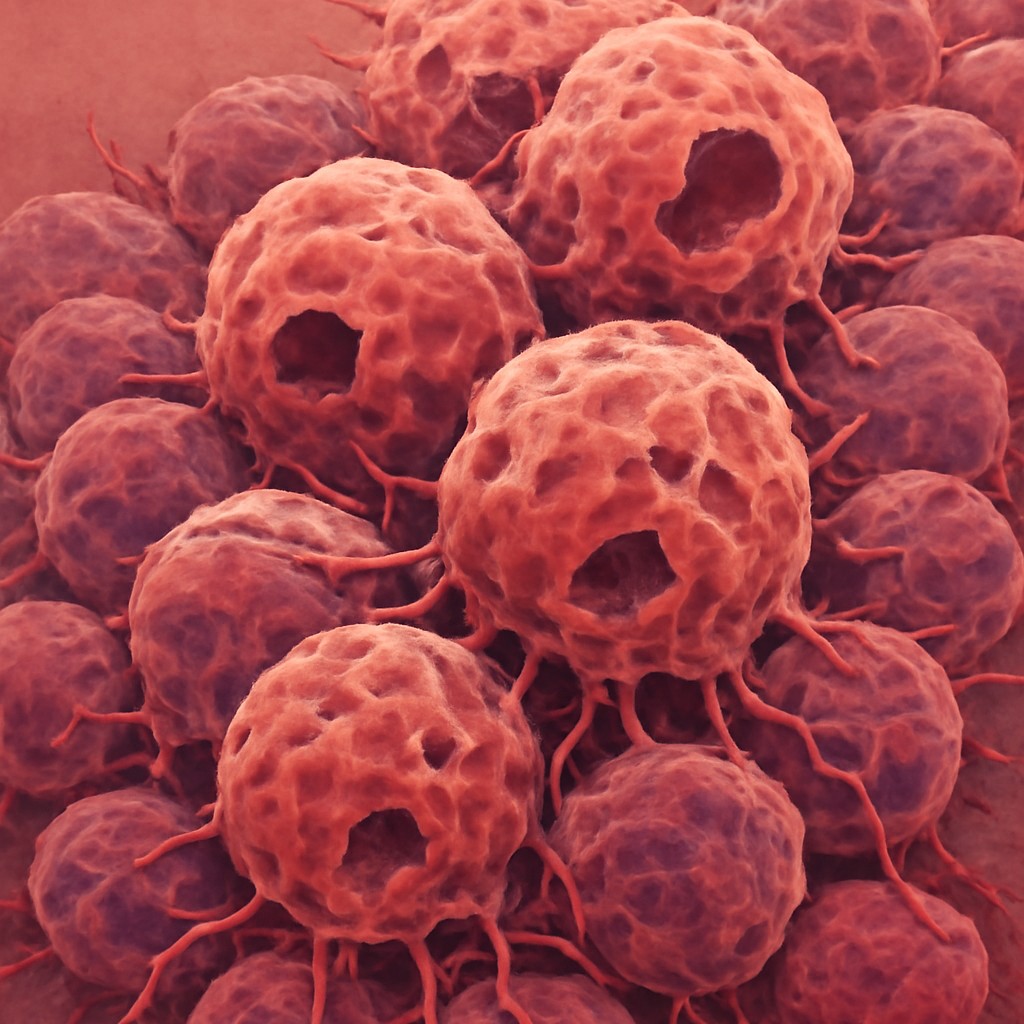
Carcinogenesis Explained: What Everyone Should Know About Cancer
We all have had our fair share of association with the disease that cancer is. Cancer develops as genetic and cellular controls fail, allowing unchecked cell growth. Recognizing carcinogenesis enables prevention, early detection, and personalized treatment, improving survival and quality of life worldwide.
-

Oncolytic Viruses: Viruses as Cancer Killers
Oncolytic viruses selectively infect and destroy cancer cells while stimulating the immune system to attack tumors. Engineered for safety and efficacy, they show promise as innovative cancer therapies by combining direct viral killing with immune activation, though challenges such as delivery and immune clearance persist.
-
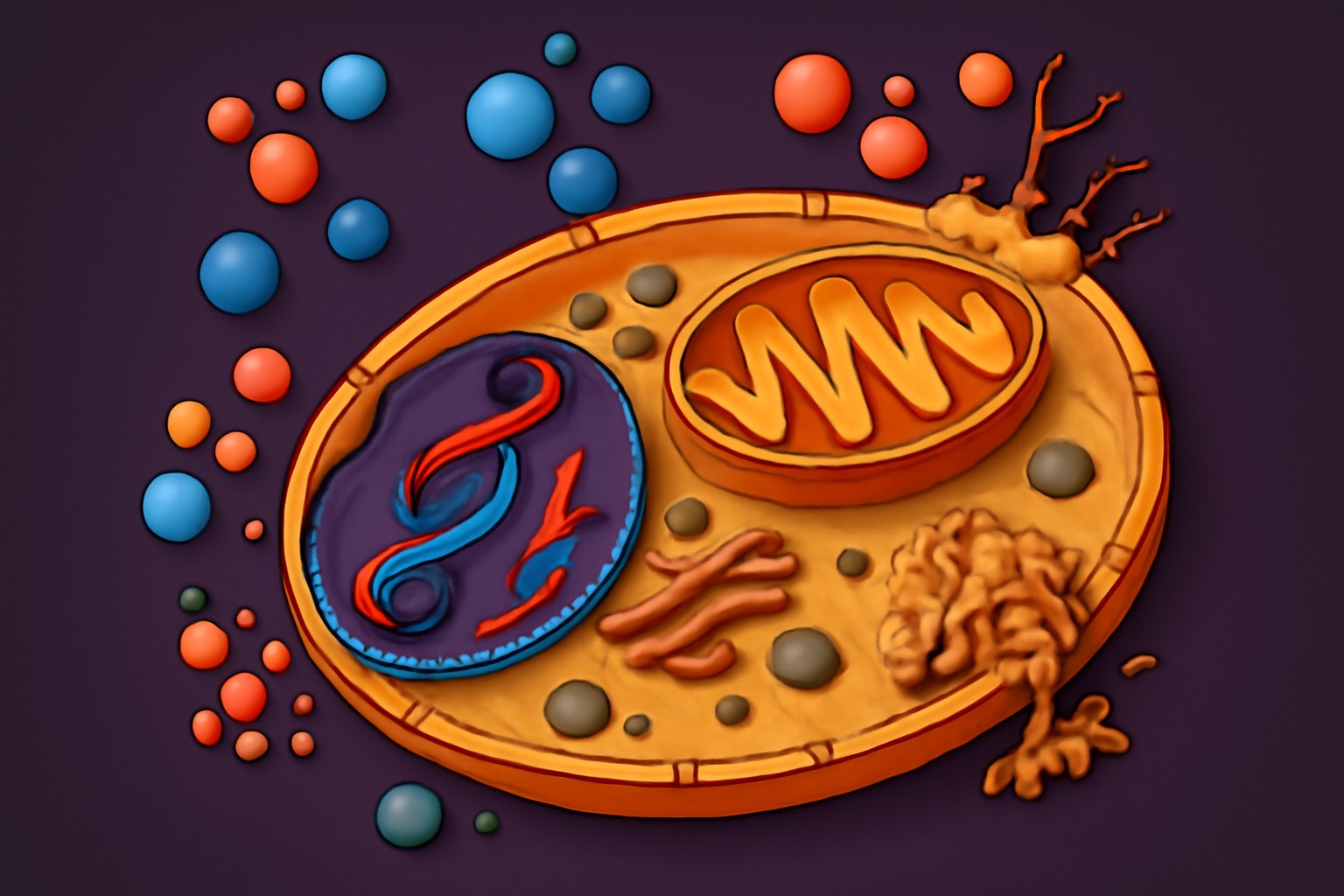
The Double-Edged Sword: Understanding Reactive Oxygen Species and Oxidative Stress
Reactive Oxygen Species (ROS) are vital for cell signaling but harmful in excess, causing oxidative stress that damages cells and contributes to aging and diseases. Maintaining balance through antioxidants and healthy lifestyle choices is key to protecting cellular health and preventing chronic conditions.
-
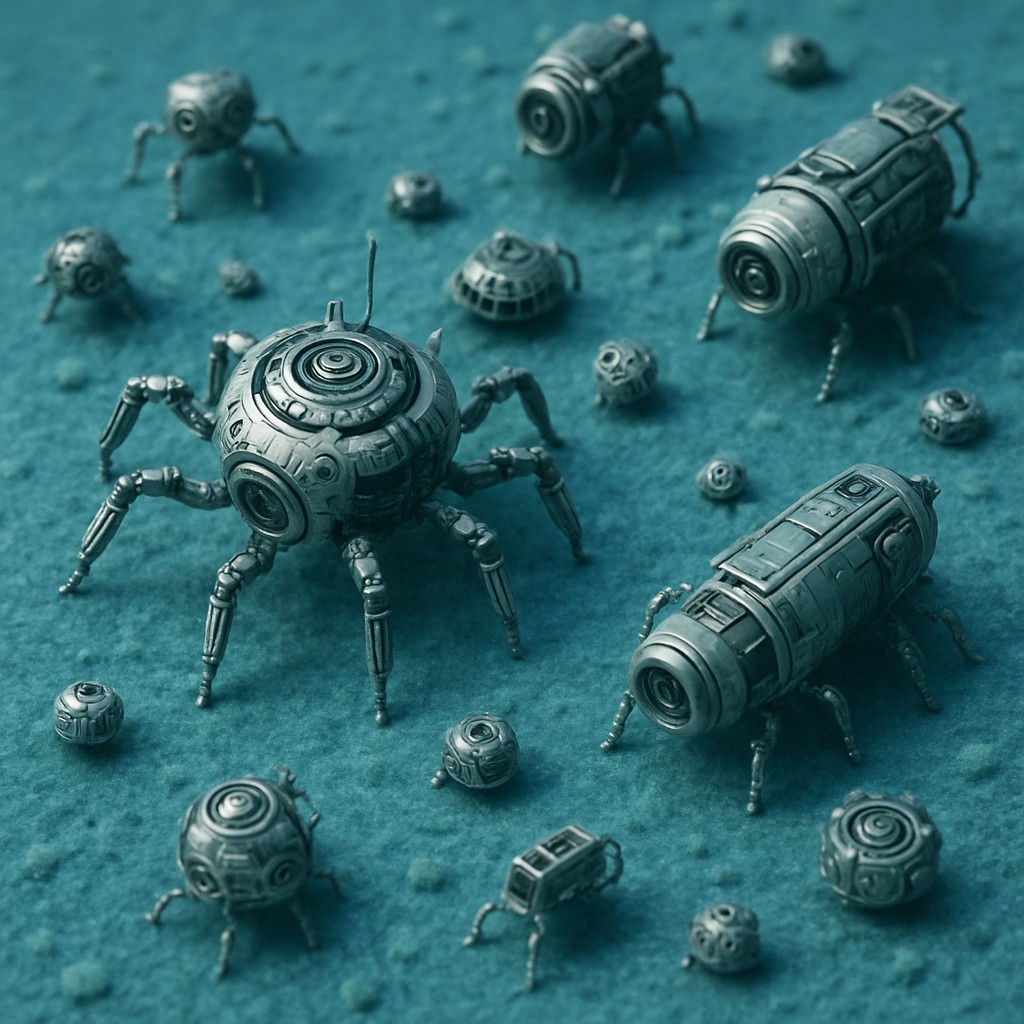
Microrobots and Nanorobots: Revolutionizing Industries from Medicine to Manufacturing
Have you ever imagined that machines would become so small that they can swim through your bloodstream, build microscopic components with atomic precision, or clean pollutants from a single drop of water? It is becoming a reality in the evolving world of microrobots and nanorobots, which have the potential to transform diverse fields.
-
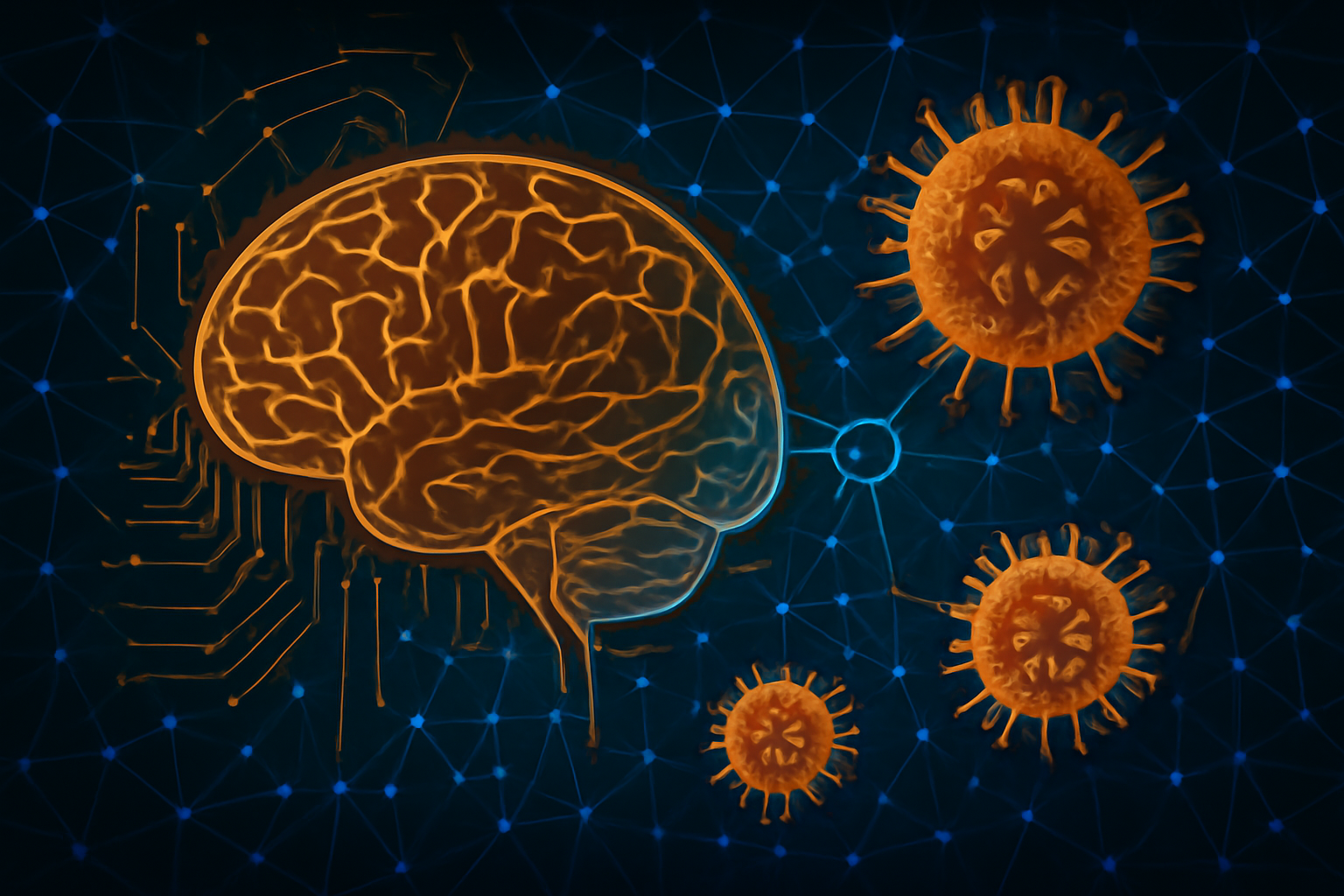
Neuroimmunology Unveiled: The Dynamic Dance of Brain and Immunity
The brain and immune cells are always in dynamic communication, interacting not just when illness or injury occurs, but throughout a person’s life, even in good health. Neuroimmunology explores how the nervous system and the immune system influence each other’s development, balance, and responses, and how their miscommunications can initiate neurological dysfunction.
-

Disease Modeling: Recreating Illness to Conquer It
Has it ever occurred to you how we can study diseases without endangering human lives? Disease modeling makes this possible by recreating illnesses under controlled conditions—whether in cells, animals, or computers—to understand what drives disease and how we might intervene more effectively.
-
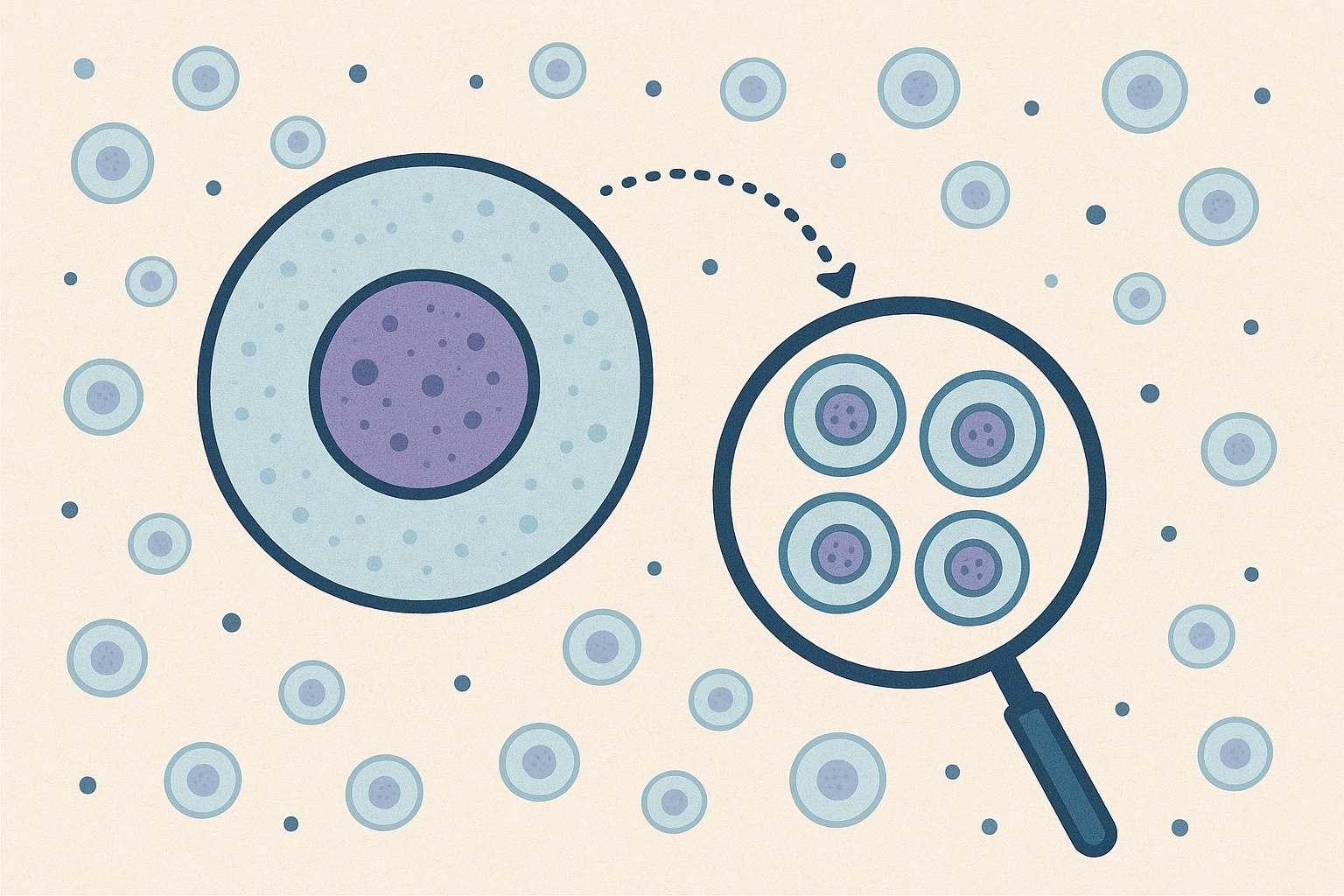
Single-Cell Technology: Unveiling Cellular Heterogeneity for Precision Biology and Medicine
Single-cell technology uncovers an unparalleled degree of cellular heterogeneity by enabling molecular analysis of single cells, in contrast to averaging signals from millions of cells in conventional bulk approaches. This new standpoint has revealed rare cell types, transient cellular conditions, and subtle distinctions that were previously inaccessible.
-
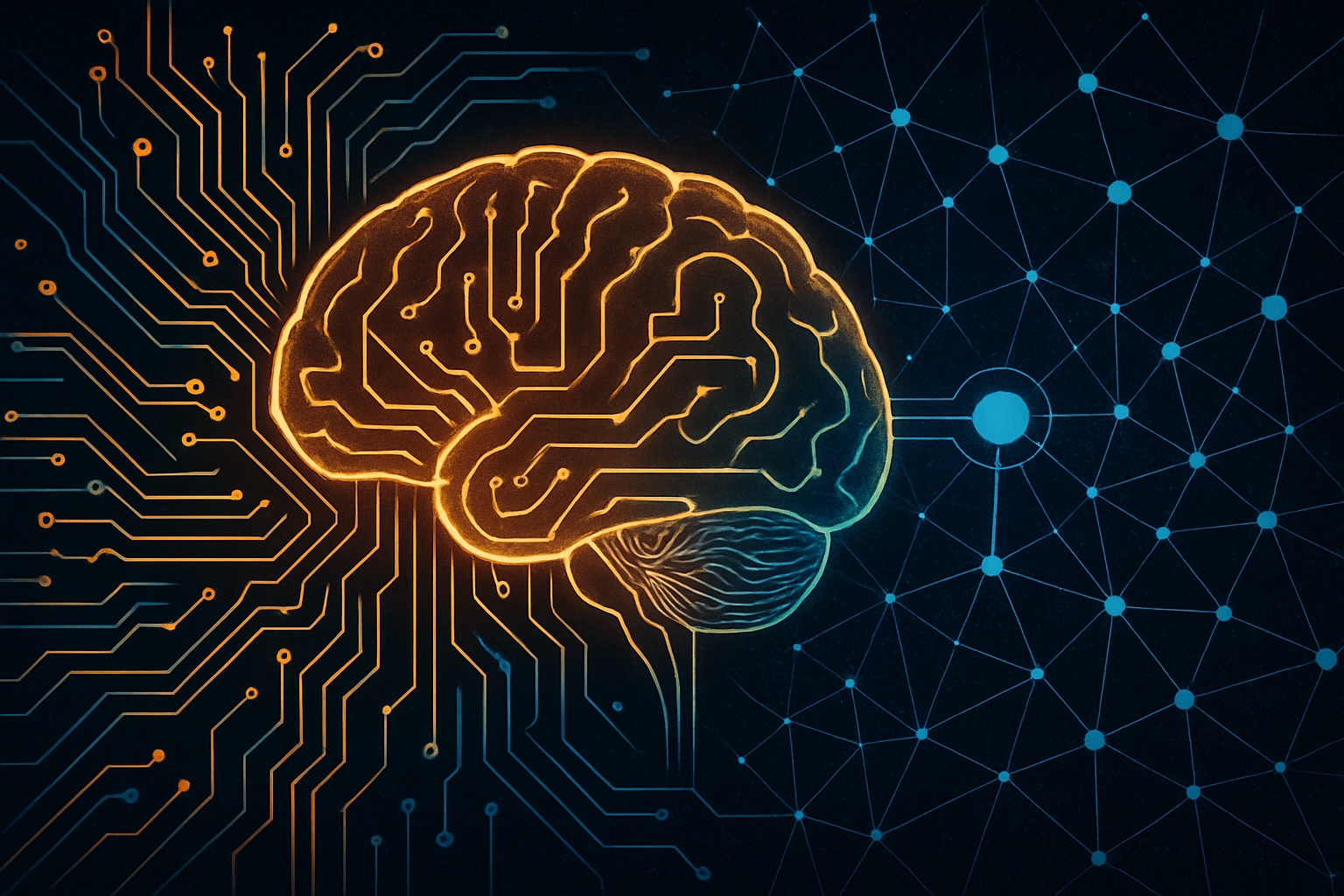
Neuroengineering: Bridging the Brain and Technology
Neuroengineering, alternatively referred to as neural engineering, uses the concepts and techniques of engineering to fill in the gap between our growing knowledge of the brain’s complex operations and the creation of useful technologies that can diagnose, heal, or enhance neurological function.